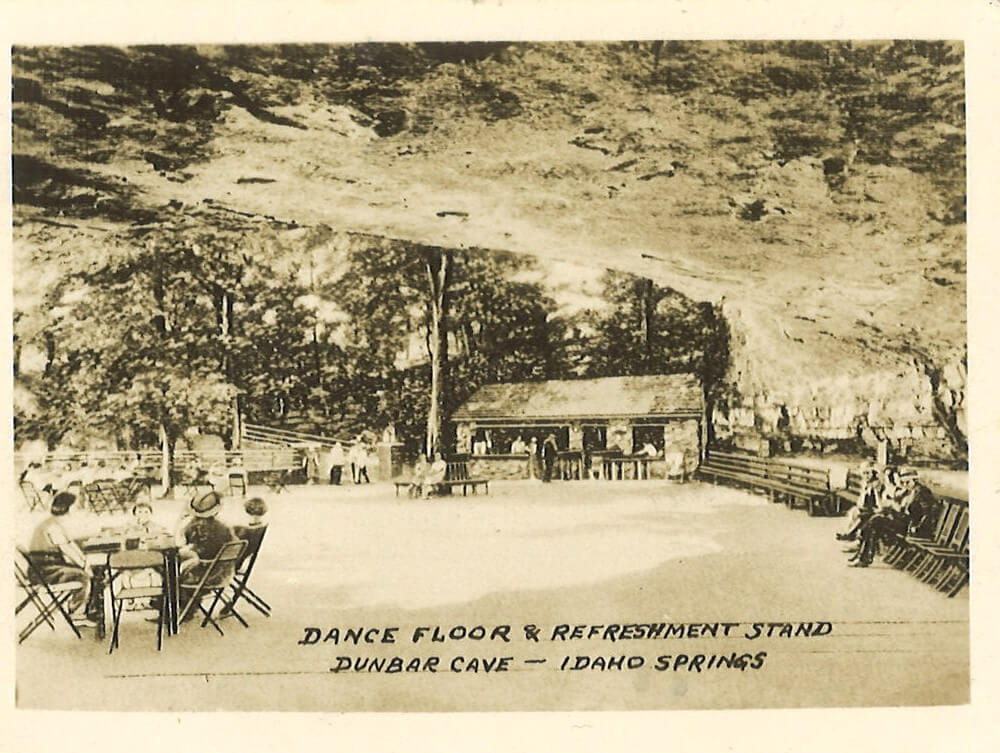
By Meghan E. Gattignolo
Clarksville turned 100 years old in 1884. No one alive remembered the founding of the town, and the city was growing. Several immigrants had recently moved in to do business downtown, and as a bustling tobacco town, Clarksville had become a sophisticated hub of commerce. Clarksville had a train station, a few hotels and an opera house, and you could buy silk, tobacco, fresh meat, jewelry, hardware and furniture along Franklin Street. Telephone lines were beginning to pop up, mostly to serve businessmen communicating with surrounding communities.
The city had healed from some of the stresses the Civil War brought. Thankfully, no battles happened in Clarksville, so there was only the memory of the young men who lost their lives on the battlefield that left a scar. However, that was twenty years ago now, and a new generation of Clarksville residents were coming of age in the city. What did people do for fun in 1884? Here’s a few ideas, with inspiration taken from the Clarksville Weekly Chronicle.
Get in! We’re Going to Dance at the Cave!
On the outskirts of Clarksville in the rural St. Bethlehem, Tennessee, Dunbar’s Cave was a hot spot for cool parties. In 1884, Dunbar Cave was owned by J.H. Bowling and J.M. Rice, who opened the Idaho Springs Hotel, billing Dunbar Cave as a resort. The natural springs near the cave were believed to heal a myriad of illnesses, and so the proprietors hoped to capitalize on that reputation. However, the already popular site was already frequently used as a prime place for picnics and dances. As noted in May 1884, “this dancing ground is cooled by a breeze from the Cave, so you can dance all day in the hottest weather without any inconvenience from the heat.”

On Sundays, We Stroll Through the Cemetery.
Greenwood Cemetery was established in 1872 as part of a long-discussed solution to the lack of graveyard space on the grounds of downtown churches. In the years following the Civil War, the churches – such as the Presbyterian Church and Trinity Episcopal – were in close proximity to several downtown saloons and pubs, which could be distracting during funerals. The graveyards were also landlocked with nowhere to expand in an ever-growing city.
The new cemetery was huge, with lush rolling grounds. Some Clarksville residents chose to relocate their loved ones to this new peaceful cemetery, such as Pope Grundy Johnson did for his father Cave Johnson. Greenwood Cemetery’s natural beauty made it “a great resort on Sunday afternoons.” After attention was paid to the deceased loved ones’ final resting places, you could often find people strolling with friends, enjoying a picnic or catching up with a few acquaintances they hadn’t seen all week.
Catch a Show at the Opera House!
Despite its name, the Elder Opera House on Franklin Street provided more than opera to Clarksville and the surrounding community. The venue hosted a variety of out-of-town acts. As noted in the Clarksville Weekly Chronicle in March of 1884, the New Orleans Minstrels were a favorite source of entertainment, as “the troupe has been here twice before and on each occasion has made a very favorable impression.” The Minstrels performed clog dancing, comic pantomimes and contortions, among other acts. Minstrel shows, a form of traveling theater developed in the early 19th century that featured mostly white actors in blackface, began to decline in popularity after the Civil War, but did continue in the South into the 1900s.

Shopping!
Look no further than Franklin Street to get your shopping done in 1884 Clarksville! The Bloch Brothers of 11 and 12 Franklin Street are ready to sell you linens and summer silks at “rock bottom prices” in both white and printed. Make sure to pick up some straw hats while you’re there. You can also find some “fine shoes and slippers” at Bowling & Willson’s. Find groceries at J.J. Crusman’s store, where there’s plenty of sugar, as well as New Caroline Rice, flinthominy, oysters and tapioca. In direct competition, Walter McComb & Co. have both “staple and fancy groceries.”
Want to experience Clarksville like a local from 1884? Most of the above-mentioned places still exist! Take a stroll through Greenwood Cemetery and check out all the beautiful monuments, a few of which would have been standing in 1884. There are still some green hills to enjoy as well. The dance floor at Dunbar Cave is still present. Enjoy the cool air in the summer like an old-school local. Many stores on Franklin Street have stood the test of time and stand as memories of a by-gone era. The next time you walk down Franklin Street, notice the Then and Now plaques organized by the Clarksville Arts & Heritage Council. While the Elder Opera House was destroyed by fire in 1914, it stood on the corner of Franklin and Public Square, near to where the gazebo by the U.S. Bank drive-thru stands now.
Resources
Information sourced from archived 1884 issues of The Clarksville Weekly Chronicle
https://chroniclingamerica.loc.gov/lccn/sn88061082/issues/1884/
http://www.artsandheritage.us/programs/clarksville-then-and-now/
Featured Photo:
Bird’s eye view of the city of Clarksville, Montgomery County, Tennessee 1870
Ruger & Stoner, Merchant’s Lithographing Company
Library of Congress, Prints & Photographs Division

Meghan E. Gattignolo is a freelance writer and longtime Clarksville, TN resident. She loves to obsess about historical subjects and annoy her family daily with unsolicited random facts. Meghan holds a History B.A. from Austin Peay State University and lives in town with her husband and two daughters.